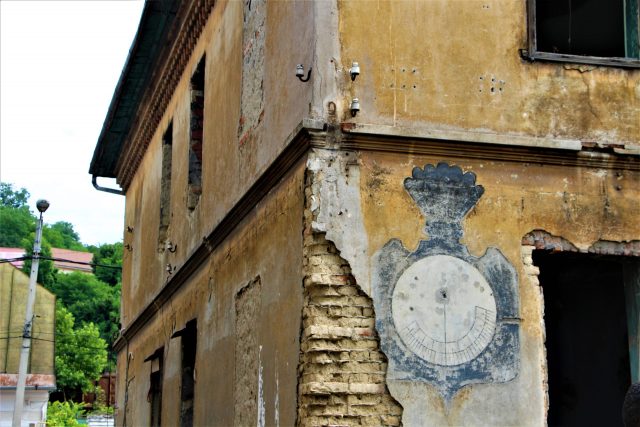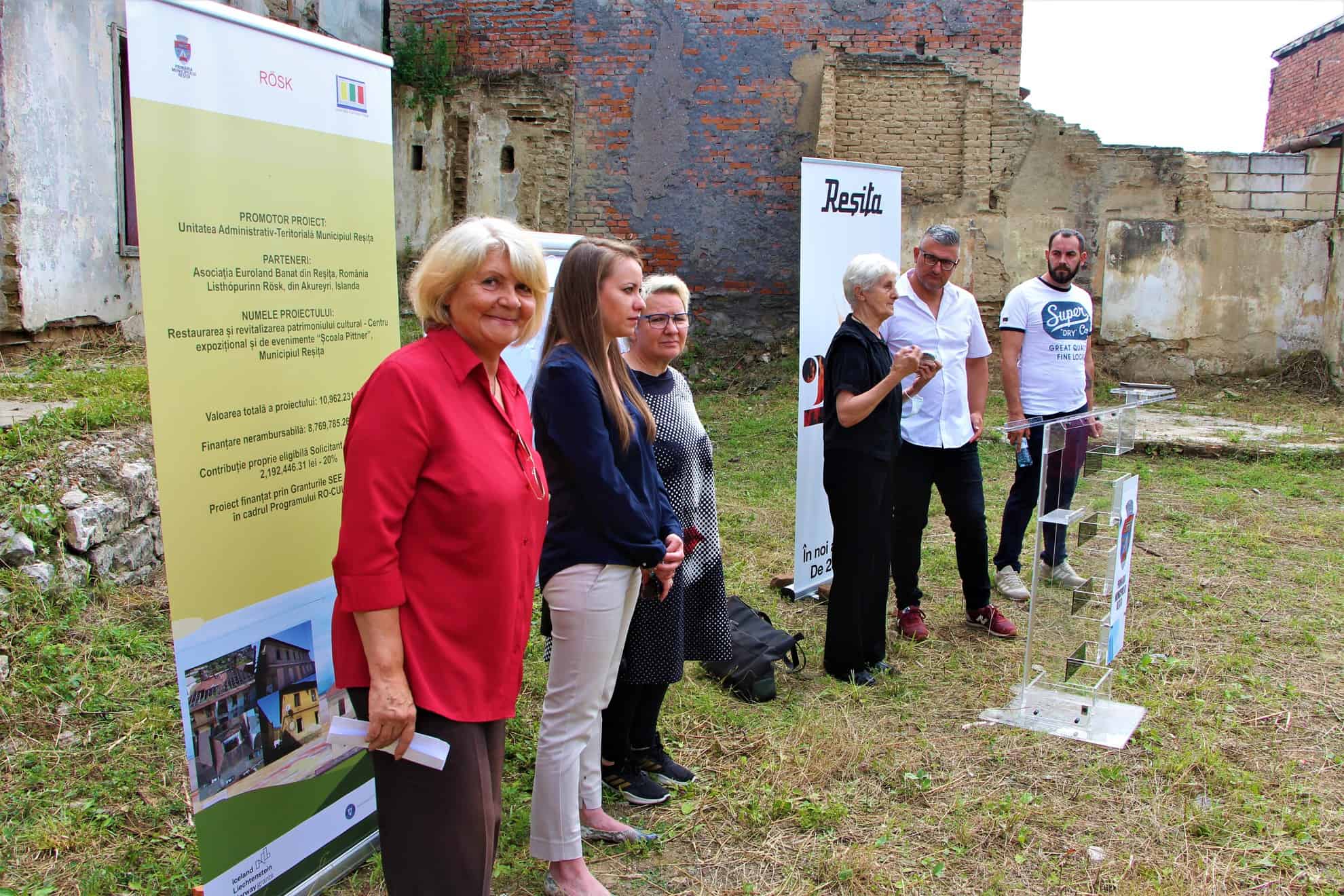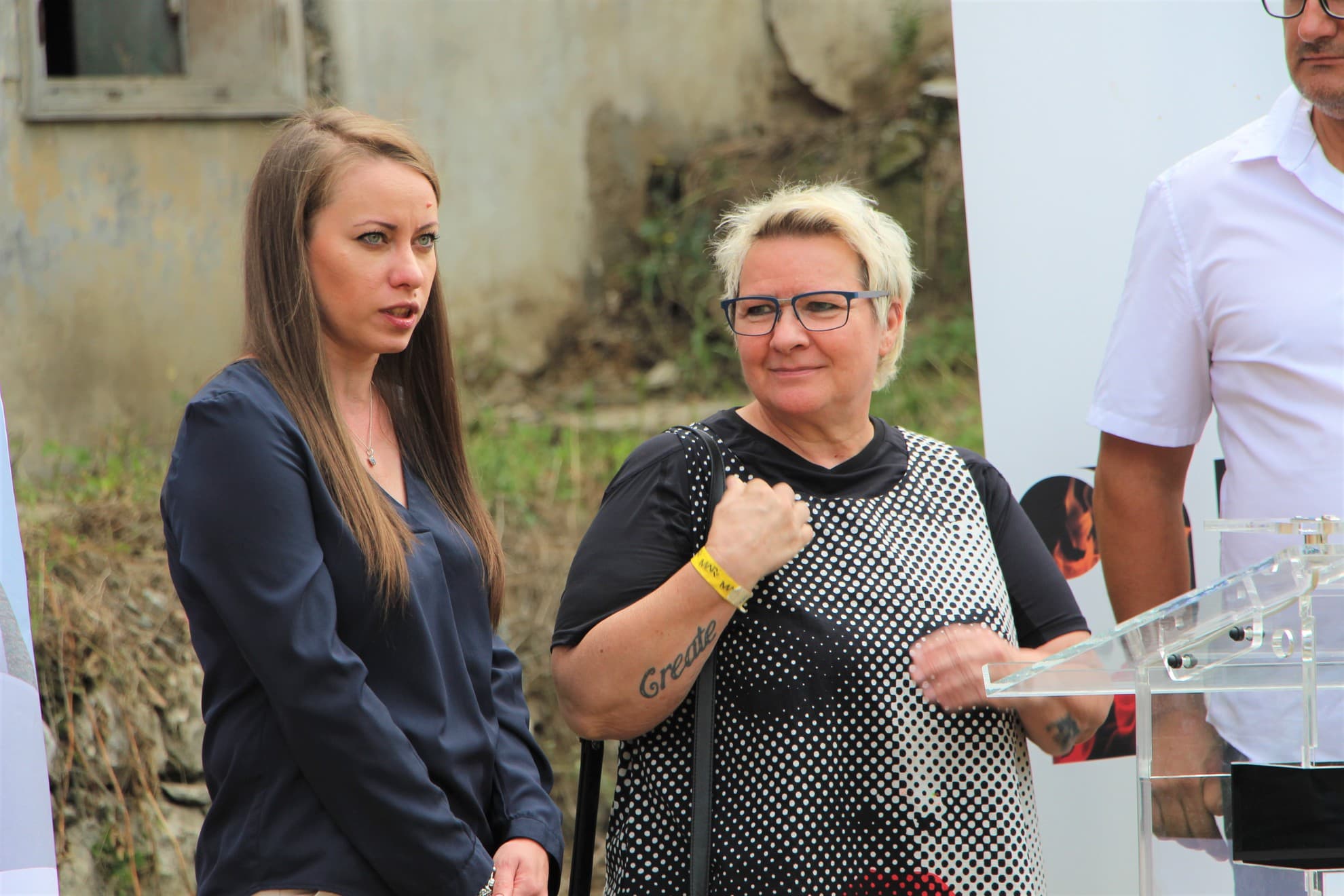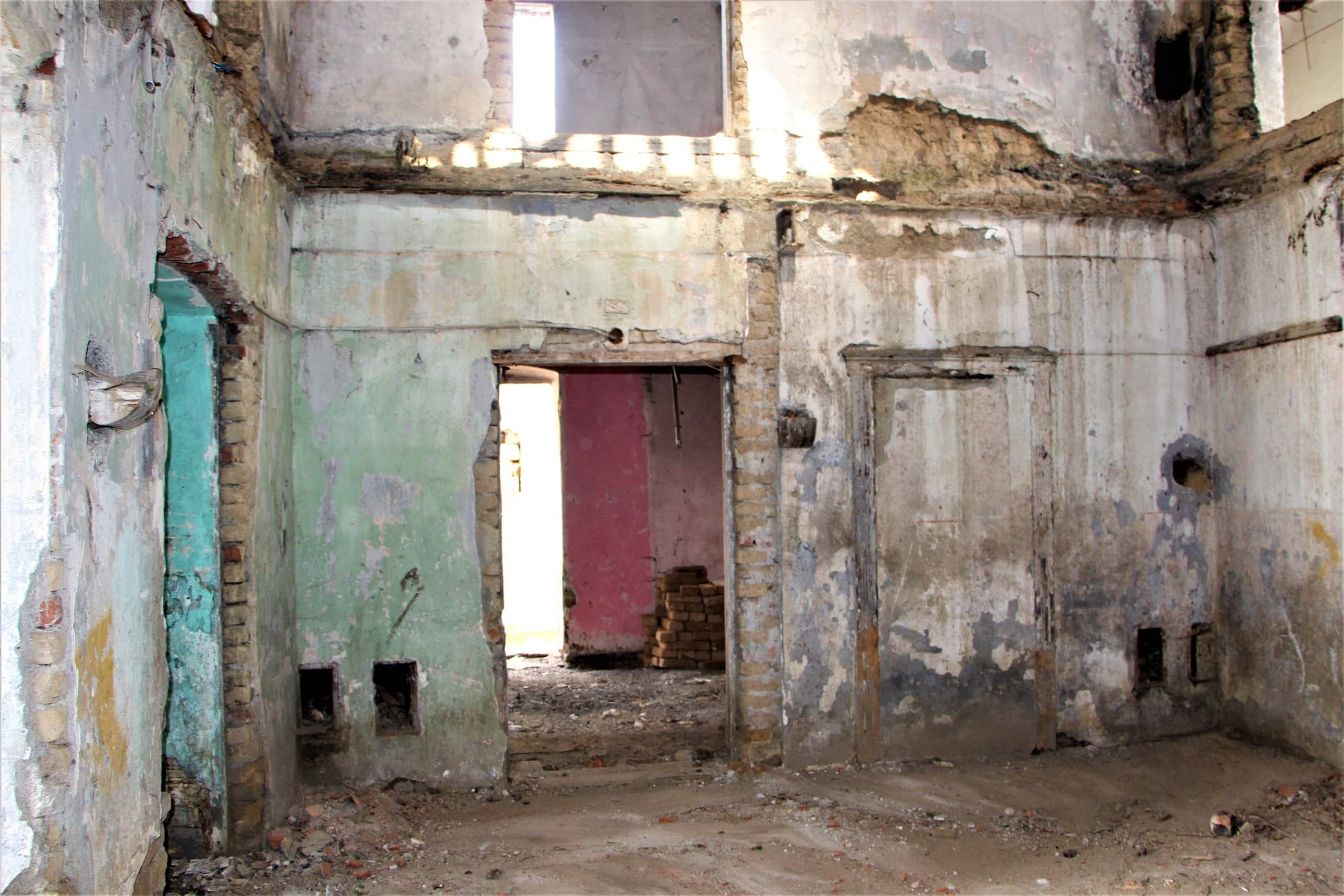The emblematic building for the beginnings of the Resita culture will be rehabilitated! Pittner School will host students in dedicated workshops once the restoration is complete. The project is part of a series of initiatives that ultimately aims to achieve an ambitious goal: to turn furnaces into a museum that can be visited by anyone who wants to see a unique industrial ensemble in Eastern Europe.
The old Furnalelor street dates back to 1789. The first houses were built of wood by the settlers and much later it was moved to brick constructions. Among these brick constructions is the famous Pittner School, which appeared in the middle of the 19th century and functioned under the auspices of Professor August Pittner. The teacher was recognized in the community for his skill in educating young people, but also for his benevolent character. People loved and respected him and his school equally. The school deserves to have the same respect today. If before it was full of children, the only “tenants” are the snails in the yard. The rehabilitation project “Restoration and revitalization of cultural heritage – Exhibition and event center – Pittner School – Resita Municipality” is trying to honor the role that August Pittner played in the life of the city.

“We have been at peace in Romania and in Europe for more than 70 years. All our monuments look like after the war. Of the more than 11,000 monuments on the national list of historic monuments, about 70% are in a close state as the Pittner School points out. For the intervention on monuments there are only 700 people certified by the Ministry of Culture to be able to intervene on buildings. Too little to cover the huge demands of this country […] The intervention on this building, which consists of consolidation and restoration to recover the architectural object is not just a technical intervention, it is a complex intervention that is a cultural act . Those who coagulated around this building are the technicians in charge of the building, but at the same time, all the bearers of the cultural flag of this city came with us and drew up a cultural program that began with the first day when it was called this building. The program has been running for a year and a half through various cultural actions that have taken place here “, said the architect Ioana Mihăescu.

“I am very proud to represent the Rösk group in this project. It’s been a long process, but I’m glad I’m here and I can see exactly the monument and what’s going on here. I must say that I could not only realize from photos and drawings how important this monument is for Resita. I fell in love with Resita. From Rösk, I can’t wait to come and do the art project here and it’s an honor to be accepted into such a beautiful collaboration […] Being an artist and aiming to share art and culture, I never imagined that I will be part of something as great as the restoration of this building, later becoming a cultural center that will serve the citizens of Resita. Much of what Rösk does is organize workshops for children and families focusing on recycling art and leave the mind free in the creative process. Thank you and let’s continue! ”Said Thora Karlsdottir, representative of the Rösk art group.

“The building will have exhibition spaces and a museum in the ground floor area, the access will be through the hall. To the left will be an administrative area, plus a protocol room and toilets. The inner courtyard is a very important element of the building. We will rebuild the wooden staircase that will lead to the floor, approximately on the same line but corresponding to the current norms and in the floor area we will have painting workshops, design, craft workshop. There will be an area for students. Architecturally, the facade will be restored to its original condition, with wooden joinery and double glazing, we will restore the part of the sundial and we will also have a socializing area for visitors “, said the architect Marius Mozoru.

“In 2006, if Mr. Hotnogu had not been deputy mayor, the building could have disappeared completely! Then, despite the zonal commission of historical monuments, we took the risk of directly approving the restoration of the skylight. It was a risk because I didn’t really know what was going on with the building. The inhabitants, as you well know, were also worried. I didn’t know what the structure of the building meant, its strength and what could be done next […] The clock is one of the three that have been identified in the mountain Banat. It is also the most valuable because it keeps the elements and the indicator well enough. In 2009 it was still working. The tenants put on a stick and orientated themselves because they liked the “toy“, said the man of culture Ada Cruceanu.
“I want to reveal the fact that this project made me return to the administration and come to the City Hall again. I really wanted to take care of myself and make sure this building was reborn. Other places in the city may be reborn. I think the future will be beautiful. My dream is that here, a few hundred meters away, the furnace will become a museum and a visitable space for all the residents and citizens of Romania. The furnace is one of the very important pieces, even the only one, in South-Eastern Europe. I hope that in the next period we will lobby and show on the basis of good practices how we manage to highlight smaller goals and show that in the future we have the capacity to do bigger things “, said Dorinel Hotnogu, cultural adviser.

The project is funded by the EEA Grants 2014-2021, within the Program RO-CULTURE, CALL 3 – Restoration and revitalization of historical monuments. The requested non-reimbursable financing represents 8,769,785.26 lei, which amounts to 80% of the total value. The eligible own contribution is 2,192,446.31 lei, ie the remaining 20%.
Source: expressdebanat.ro